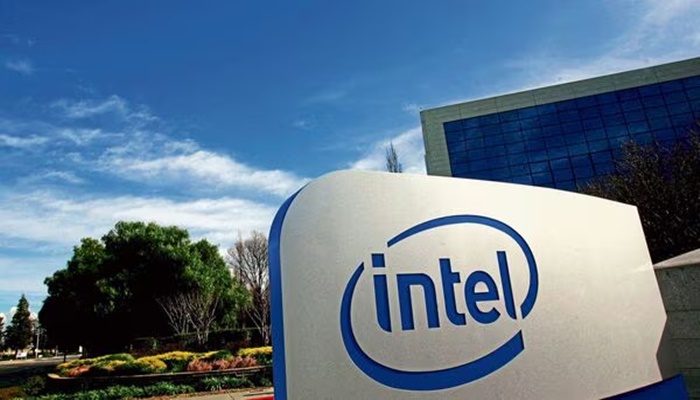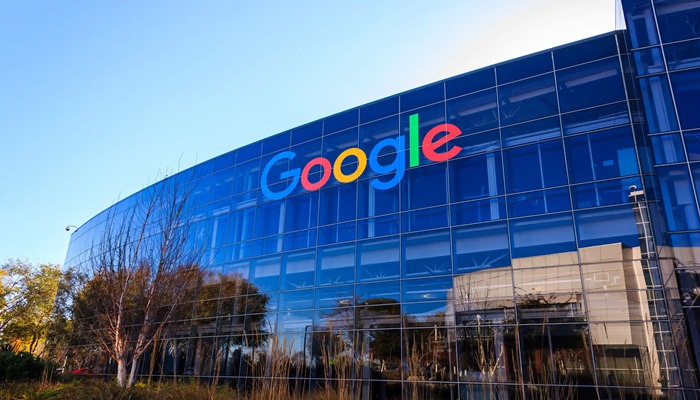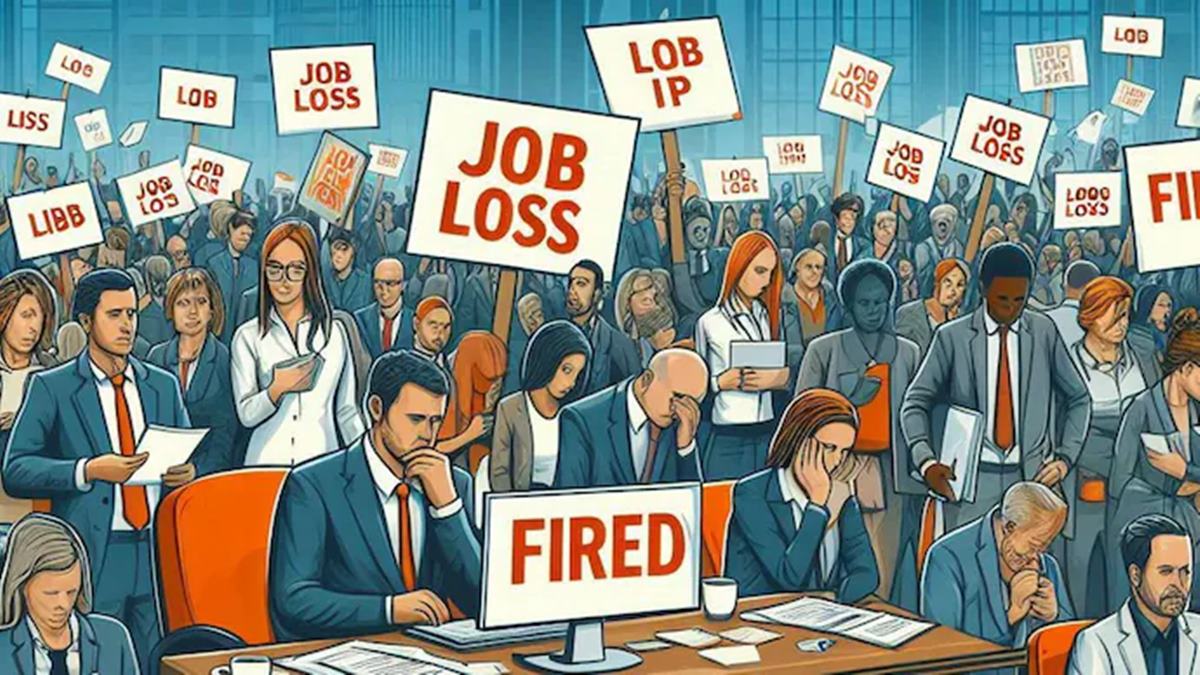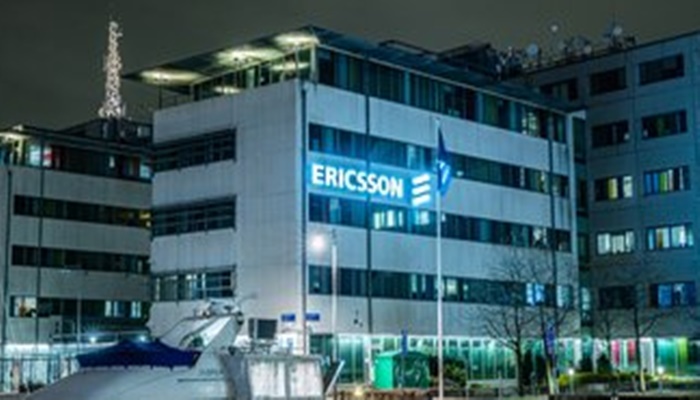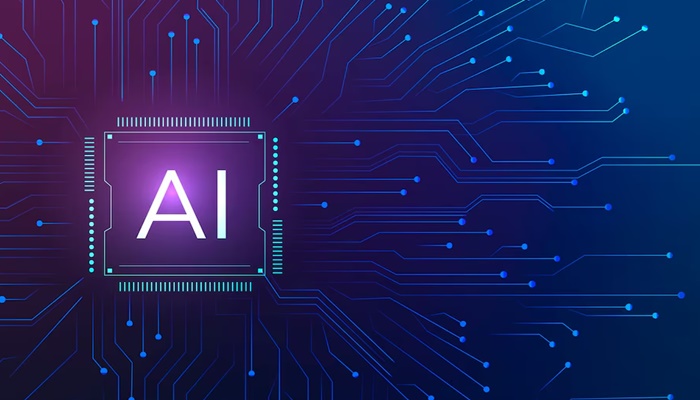What do a bustling retail store at peak hours, a hospital emergency room in full swing and a delivery driver trying to complete a rush-order shipping schedule have in common? In these environments, every second counts. A manager scrambles to update schedules, a nurse juggles patient records and a driver reroutes due to traffic—all while trying to keep up with a flood of information.
Although AI could help tackle some of these challenges, it wouldn’t—it couldn’t—replace these workers, but it could alleviate the administrative burden, streamline the operational chaos and let these employees focus on what matters most: people.
The AI debate has been trapped in a false binary: Either machines are coming for our jobs or they’re reserved for executives in corporate offices. However, the reality is far more nuanced and, frankly, far more exciting, especially for frontline workers.
What we’re seeing is that AI isn’t dismantling frontline jobs—it’s reshaping them. Today’s employee experience tools are leveraging AI to improve working conditions and drive efficiency for the workers who directly interact with customers and keep operations running smoothly.
Staying Cautious But Curious
It’s natural to feel wary when technology disrupts the workplace the way that AI is today. Many fear that AI could evolve to the point where it dehumanizes the workplace, making decisions without human oversight, eroding job security and creating a faceless work environment.
However, when designed with workers in mind, AI has the power to do the opposite—it can empower, enhance and even humanize frontline jobs. Here’s how:
Serving As A Tool, Not A Replacement
AI isn’t here to replace people; it’s here to remove the friction that slows them down. It automates tedious administrative work, giving employees more time to focus on skills that only humans bring—like empathy, creative problem-solving and relationship-building.
Keeping Humans In The Driver’s Seat
The best AI-driven employee experience platforms prioritize human oversight. Whether it’s drafting communications, routing urgent updates or analyzing workforce sentiment, AI can serve as your trusty co-pilot while you stay in the driver’s seat.
Working For Workers, Not Just Employers
In addition to efficiency and cost-cutting, AI can make work less frustrating and more fulfilling. When it eliminates repetitive tasks, reduces miscommunication and personalizes information for employees, it creates an environment where people feel more supported, informed and engaged.
The real danger isn’t AI taking over jobs—it’s failing to use AI in a way that supports and uplifts the people who keep businesses running. The key is deploying AI responsibly, transparently and with a clear focus on enhancing the human experience at work rather than replacing it altogether.
Using AI To Improve Internal Communications
One of the most impactful applications of AI on the front line is in improving the speed and relevance of internal communications. In the modern workplace, where time and clarity are of the essence, AI can help employees get the right information at the right time.
1. Content For Frontline Staff
For many internal communications teams, creating content for thousands of employees is daunting and time-consuming. Tools like generative AI simplify the content creation process, developing first drafts of internal posts in seconds. These serve as a baseline, allowing teams to finetune existing messaging and focus on efficiency and quality rather than starting from scratch.
This isn’t about AI producing robotic or impersonal messages. Instead, it’s a way to relieve some of the burden on communications staff, giving them the capacity to focus on tailoring messages to different teams and individuals. This is especially helpful for the internal comms teams who are already stretched thin and tasked with informing large, diverse workforces.
The result, as I’ve found, is more relevant, engaging content that’s aligned with the needs of all workers.
2. Distribution Of Content
Gone are the days of solely relying on paper newsletters and morning huddles (too often missed by shift workers on different schedules) to get your message across. AI-driven systems can now aggregate communications, automate their delivery and ensure they get to the right people at the right time via the right channel.
Whether it’s company news, safety updates or operational changes, AI can help internal comms teams keep everyone informed no matter where or when they work. The ability to automate these tasks helps ensure a consistency and accuracy that traditional methods can’t match.
3. Increased Engagement Analysis
By adding AI to the backend analytics, you can hit the automation trifecta. Real-time data allows communications teams to evaluate how effective their communications are. They can see which messages hit the mark and which don’t. Metrics like engagement rates, open rates and optimal send times provide insight into how to refine future strategies.
AI can spot trends in feedback, helping organizations tailor their content to employee needs and preferences. By continually improving when, where and how they communicate, organizations can build stronger relationships with the people who are—quite literally—keeping things running.
Prioritizing The Front Line When It Comes To AI
For frontline workers—who often bear the brunt of high turnover and job dissatisfaction—AI can offer something close to a lifeline. If you want your AI strategy to really work, start by bringing frontline employees into the process early on. Their input is key to figuring out what needs fixing and gauging if your solutions are hitting the mark.
Start by testing out targeted use cases in small pilots—like helping automate shift updates or translating safety messages—and build from there. Most importantly, make sure it’s clear that AI is there to help them, not replace them. A little transparency and human oversight go a long way in building trust.
By automating repetitive tasks, simplifying daily routines and freeing up time, AI can actively help enhance job satisfaction. It allows workers to focus on the parts of their jobs that require human skills rather than getting bogged down in administrative tedium. This shift not only aims to make work more enjoyable but also can help build loyalty.
As AI continues to evolve, its greatest contribution won’t be measured by productivity figures or cost savings. The real success of AI will be in how it transforms the everyday experience of everyday workers, making their jobs more rewarding, more human and, ultimately, more sustainable.
In a world where frontline workers are often overlooked, that might just be the most important change of all.






